Home>Furniture>Outdoor Furniture>How Do You Hang A Hammock
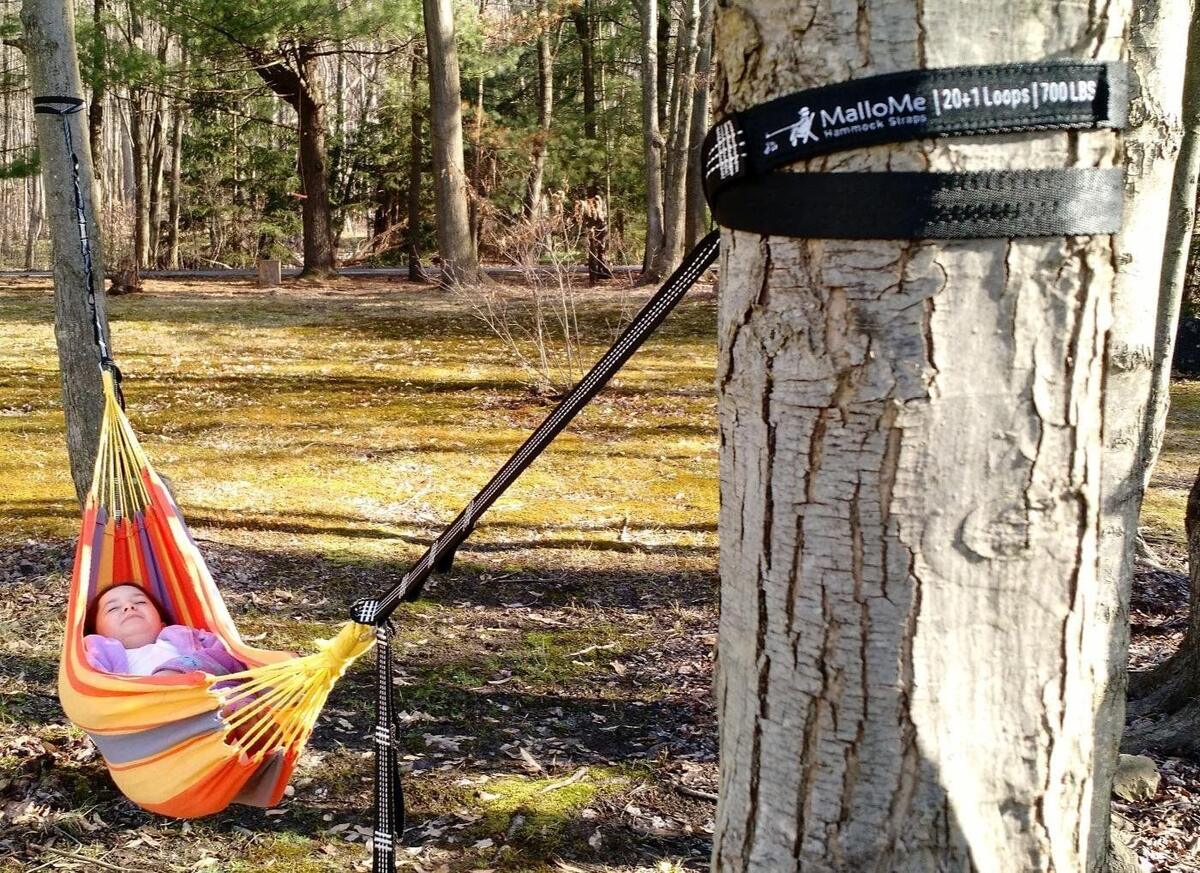

Outdoor Furniture
How Do You Hang A Hammock
Modified: March 16, 2024
Learn how to hang a hammock and create the perfect outdoor relaxation spot with our helpful guide. Find the best methods and tips for setting up your hammock securely.
(Many of the links in this article redirect to a specific reviewed product. Your purchase of these products through affiliate links helps to generate commission for Storables.com, at no extra cost. Learn more)
Introduction
There’s nothing quite like kicking back and relaxing in a hammock, feeling the gentle sway as you bask in the beauty of the great outdoors. Whether you’re in your backyard, at a camping site, or on a beach vacation, a hammock provides the perfect spot for unwinding and enjoying some peace and serenity. But before you can experience the ultimate hammock bliss, you need to know how to properly hang it.
In this article, we’ll take you through the step-by-step process of hanging a hammock, ensuring that you create a safe and comfortable setup. From finding the right location to testing the hammock for stability, we’ll cover all the essentials to maximize your outdoor relaxation.
So grab your hammock and let’s dive in!
Key Takeaways:
- Find the perfect spot: Choose a safe, scenic, and sturdy location for your hammock. Consider sun, shade, privacy, and steady supports to maximize relaxation.
- Test for safety: Before fully relaxing, gently test your hammock for stability. Sit, sway, and observe for any issues to ensure a worry-free experience.
Read more: What Do You Hang A Dog Grooming Hammock On
Choosing the Right Location
When it comes to hanging a hammock, the first and most important step is selecting the perfect location. To ensure a relaxing and secure experience, consider the following factors:
- Safety: Look for a space that is free from hazards and obstructions. Avoid areas with sharp objects, overhanging branches, or uneven terrain that could pose a risk.
- Sun and Shade: Determine whether you prefer to bask in the sun or seek refuge in the shade. If you’re planning on spending a long duration in the hammock, it’s wise to choose a spot that offers a balance of both.
- Privacy: If you value privacy, select a location that is shielded from prying eyes. Consider using natural barriers like trees or shrubs to create a secluded retreat.
- Scenic View: Take advantage of your surroundings by positioning the hammock to enjoy a scenic view. Whether it’s overlooking a tranquil lake or nestled in a lush garden, a picturesque backdrop can enhance your relaxation experience.
- Steady Supports: Look for sturdy anchor points to hang your hammock. These can include trees, posts, or hammock stands specifically designed for this purpose. Ensure that the chosen supports are capable of bearing the weight of both you and the hammock.
By considering these factors, you’ll be well on your way to finding the ideal location for your hammock. Once you’ve chosen a spot, it’s time to gather the necessary materials.
Gathering the Necessary Materials
To properly hang your hammock, you’ll need a few essential materials. Here’s what you should gather before beginning the setup process:
- Hammock: Of course, you’ll need a hammock itself. There are various types available, including rope hammocks, fabric hammocks, and hammocks with spreader bars. Choose the one that suits your preferences and provides sufficient comfort.
- Hammock Straps: Hammock straps are used to securely attach your hammock to the anchor points. These straps should be durable and adjustable. Look for ones specifically designed for hammocks, as they are typically stronger and less damaging to trees than ropes.
- Carabiners or S-Hooks: Carabiners or S-hooks will be needed to connect the hammock straps to the hammock itself. Ensure they are strong and robust enough to handle the weight and provide a reliable connection.
- Tape Measure: Having a tape measure handy will help you determine the appropriate length and height for hanging your hammock. This ensures a comfortable and safe setup.
- Extra Equipment: Depending on your specific setup, you may also require additional equipment such as rope, chains, or hardware for installation. These will be dependent on the type of supports you are using.
Make sure to gather all the necessary materials before starting the setup process. It’s always better to be prepared to avoid any delays or complications along the way. With everything in hand, you can move on to the next step of setting up the hammock straps.
Setting Up the Hammock Straps
Properly setting up the hammock straps is crucial for a secure and enjoyable hanging experience. Follow these steps to ensure a strong and reliable connection:
- Measure and Adjust: Begin by determining the appropriate height for your hammock. Use a tape measure to find the desired distance between the anchor points. Keep in mind that the straps should be at a slight angle, with the suspension point being higher than the anchor point to achieve a comfortable sag.
- Wrap the Straps: Wrap each strap around the chosen anchor point, making sure they are positioned roughly parallel to each other. Ensure the straps are taut and avoid any twists or tangles.
- Thread the Straps: Feed one end of each strap through the loop at the opposite end, creating a secure connection. This looped end will serve as the attachment point for your carabiners or S-hooks.
- Attach the Carabiners or S-Hooks: Connect the carabiners or S-hooks to the looped ends of the straps. Double-check that they are securely fastened and properly aligned.
- Test the Straps: Before moving on to hanging the hammock, give the straps a gentle tug to ensure they are holding firmly. If there is any slippage or instability, make the necessary adjustments and test again.
Setting up the hammock straps may require some trial and error to find the perfect tension and angle. Take your time and make adjustments as needed to achieve the desired setup. Once the straps are secure, you can move on to the exciting part of hanging the hammock itself.
When hanging a hammock, make sure to find sturdy anchor points, such as trees or posts, and use strong, adjustable straps to secure the hammock. Test the height and tension before getting in to ensure a safe and comfortable hang.
Hanging the Hammock
Now that the hammock straps are securely in place, it’s time to hang your hammock. Follow these steps to ensure a safe and comfortable hanging experience:
- Attach the Hammock: Take each carabiner or S-hook and connect it to the attachment points on the hammock itself. Ensure a strong and secure connection between the straps and the hammock.
- Spread the Hammock: Hold the hammock from the middle and walk backward, allowing it to naturally extend as you move away from the anchor points. Make sure the hammock is evenly spread out, with no twists or tangles in the fabric.
- Adjust the Height: If needed, adjust the height of the hammock by sliding the straps up or down the anchor points. Ensure you have a comfortable sitting position and that the hammock is at the desired height from the ground.
- Center the Hammock: Take a step back and check if your hammock is centered between the anchor points. Adjust the straps as necessary to achieve proper alignment and balance for a more comfortable and stable experience.
- Check for Stability: Give the hammock a gentle shake to test its stability. It should not swing excessively or feel unsteady. If you notice any issues, adjust the tension of the straps or double-check the connection points.
Once you have successfully hung your hammock, take a moment to admire your handiwork. Ensure that everything feels secure and comfortable before you hop in and enjoy your outdoor oasis.
However, your job is not quite done yet. Safety should always be a priority, so it’s important to test the hammock for stability before fully relaxing in it.
Read more: How Do You Measure A Hammock
Testing the Hammock for Safety
Before you fully indulge in the relaxation of your hammock, it’s essential to test it for safety. Follow these steps to ensure a secure and stable setup:
- Start with Light Pressure: Gently sit in the hammock, distributing your weight evenly. Gradually increase the pressure to test the strength of the straps and attachments. Pay attention to any signs of strain or instability.
- Test Different Positions: Experiment with various sitting and lying positions to evaluate the durability and comfort of the hammock. Shift your weight and move around to assess how well it holds up.
- Check for Stability: Give the hammock a gentle sway and observe how it responds. It should provide a comfortable and gentle rocking motion without excessive swinging or tipping.
- Observe the Straps: Keep an eye on the straps and attachments during the testing phase. Ensure they remain securely fastened and show no signs of slippage or stretching.
- Listen and Feel for Any Issues: Pay attention to any unusual sounds, such as creaking or snapping, and be mindful of any discomfort or shifting in the hammock. These can be indications of a problem that needs to be addressed.
If, during the testing process, you notice any concerns or instability, take immediate action to rectify the issue. This may involve adjusting the tension of the straps, reinforcing the attachments, or repositioning the hammock altogether.
Remember, your safety should always come first. Taking the time to thoroughly test the hammock will ensure a relaxing and worry-free experience.
Once you’re confident in the safety and stability of your hammock, it’s time to embrace the ultimate outdoor relaxation experience.
Enjoying Your Hammock
Now that you’ve successfully hung and tested your hammock, it’s time to fully immerse yourself in the joy and comfort it offers. Here are some tips to enhance your hammock experience:
- Add Comfort: Enhance the coziness of your hammock by adding pillows, blankets, or even a hammock bug net to keep pesky insects at bay. Create a personal sanctuary that invites relaxation.
- Unplug and Unwind: Use your hammock as a sanctuary to escape the constant digital noise. Unplug from technology, unwind, and embrace the simplicity and tranquility of nature.
- Read or Meditate: Enjoy the luxury of uninterrupted quiet time in your hammock. Whether you prefer to get lost in a good book or practice mindfulness and meditation, the gentle sway of the hammock provides the perfect environment.
- Stargaze: Extend your hammock joy into the evening hours by gazing up at the stars. Lie back, relax, and let the night sky captivate you in its beauty.
- Spend Quality Time: Share the joy of your hammock with loved ones. Spend quality time with family and friends, engaging in conversations or simply enjoying each other’s company in the peaceful ambiance.
- Take a Nap: The gentle rocking motion of the hammock makes it an ideal spot for a quick power nap or a rejuvenating snooze. Let the soothing sway lull you into a peaceful slumber.
- Embrace Nature: Immerse yourself in the beauty of nature while lounging in your hammock. Listen to the chirping birds, rustling leaves, and the gentle breeze as you connect with the natural world around you.
Whatever way you decide to enjoy your hammock, make sure to take the time to relax and recharge. Let go of the stresses of everyday life and allow the hammock to provide you with the ultimate outdoor escape.
Remember to always practice basic safety precautions while using your hammock, especially if you have children or pets around. Be aware of weight limits, avoid precarious positions, and exercise caution when entering or exiting the hammock.
Now, go on and fully embrace the serenity and bliss that your hammock has to offer!
Conclusion
Hanging a hammock and creating an inviting outdoor oasis is a delightful endeavor. By carefully selecting the location, gathering the necessary materials, setting up the straps, and hanging the hammock, you can ensure a safe and enjoyable experience. Testing the hammock for stability and making any necessary adjustments is crucial to guarantee your comfort and peace of mind.
Once everything is set up and tested, it’s time to immerse yourself in the sheer pleasure of your hammock. Whether you choose to read a book, meditate, nap, or simply soak in nature’s beauty, the hammock provides a serene and relaxing sanctuary.
Remember to always prioritize safety, checking for any signs of weakness or instability, and taking necessary steps to address them promptly. Additionally, obey any weight limitations specified by the hammock manufacturer to ensure your safety while enjoying the hammock.
Finally, make the most of your hammock experience by unplugging from technology and embracing the simplicity and tranquility of the great outdoors. Use this time to unwind, connect with nature, and appreciate the moments of peace and serenity that your hammock provides.
So, whether you’re lounging in your backyard, camping in the wilderness, or enjoying a vacation at the beach, follow these steps to hang your hammock with confidence and create an inviting oasis. Embrace the relaxation, escape the demands of daily life, and bask in the blissful comfort of your hammock.
Now, go forth, find your perfect spot, and let the hammock become your haven of relaxation and tranquility.
Frequently Asked Questions about How Do You Hang A Hammock
Was this page helpful?
At Storables.com, we guarantee accurate and reliable information. Our content, validated by Expert Board Contributors, is crafted following stringent Editorial Policies. We're committed to providing you with well-researched, expert-backed insights for all your informational needs.


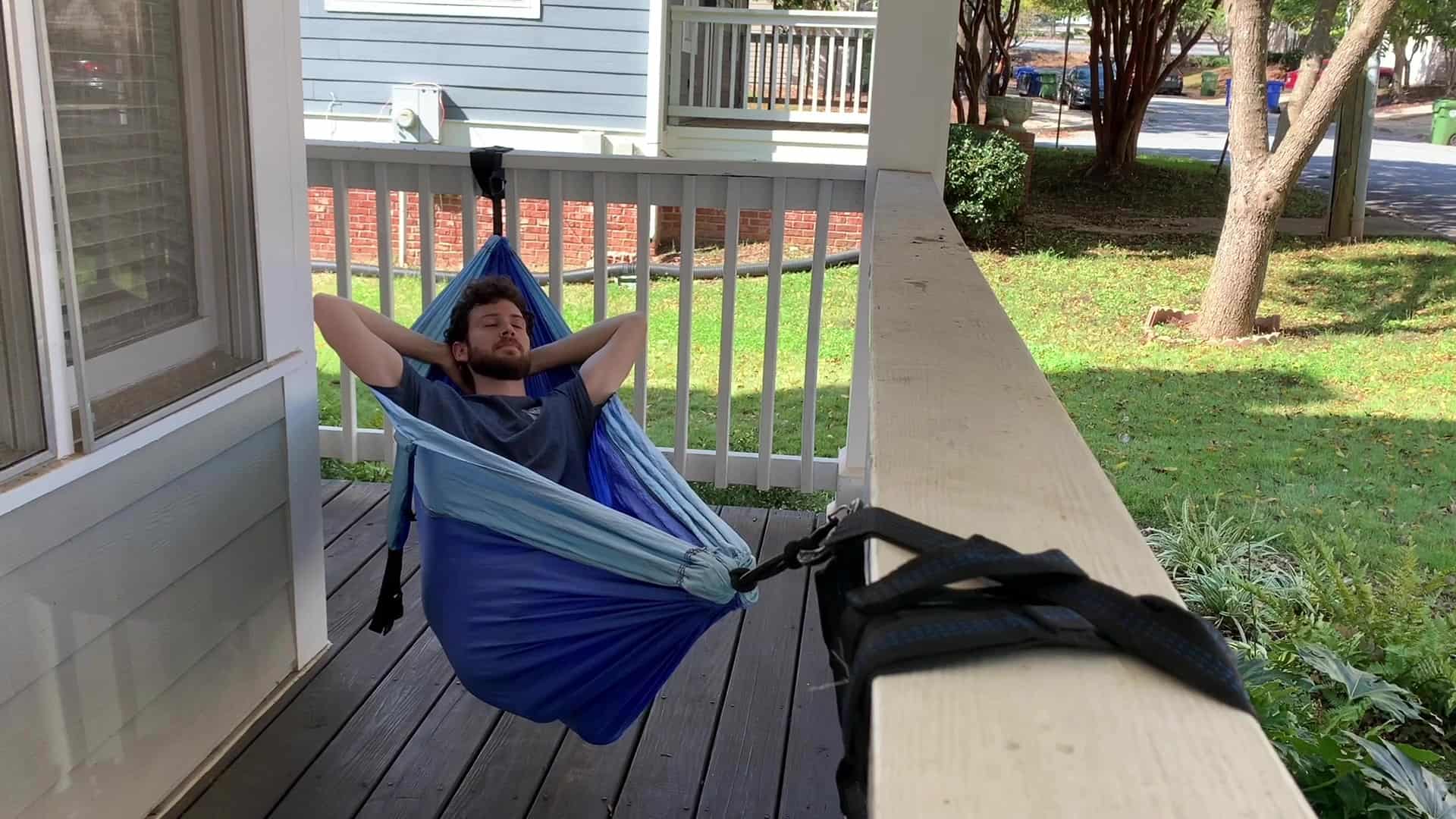
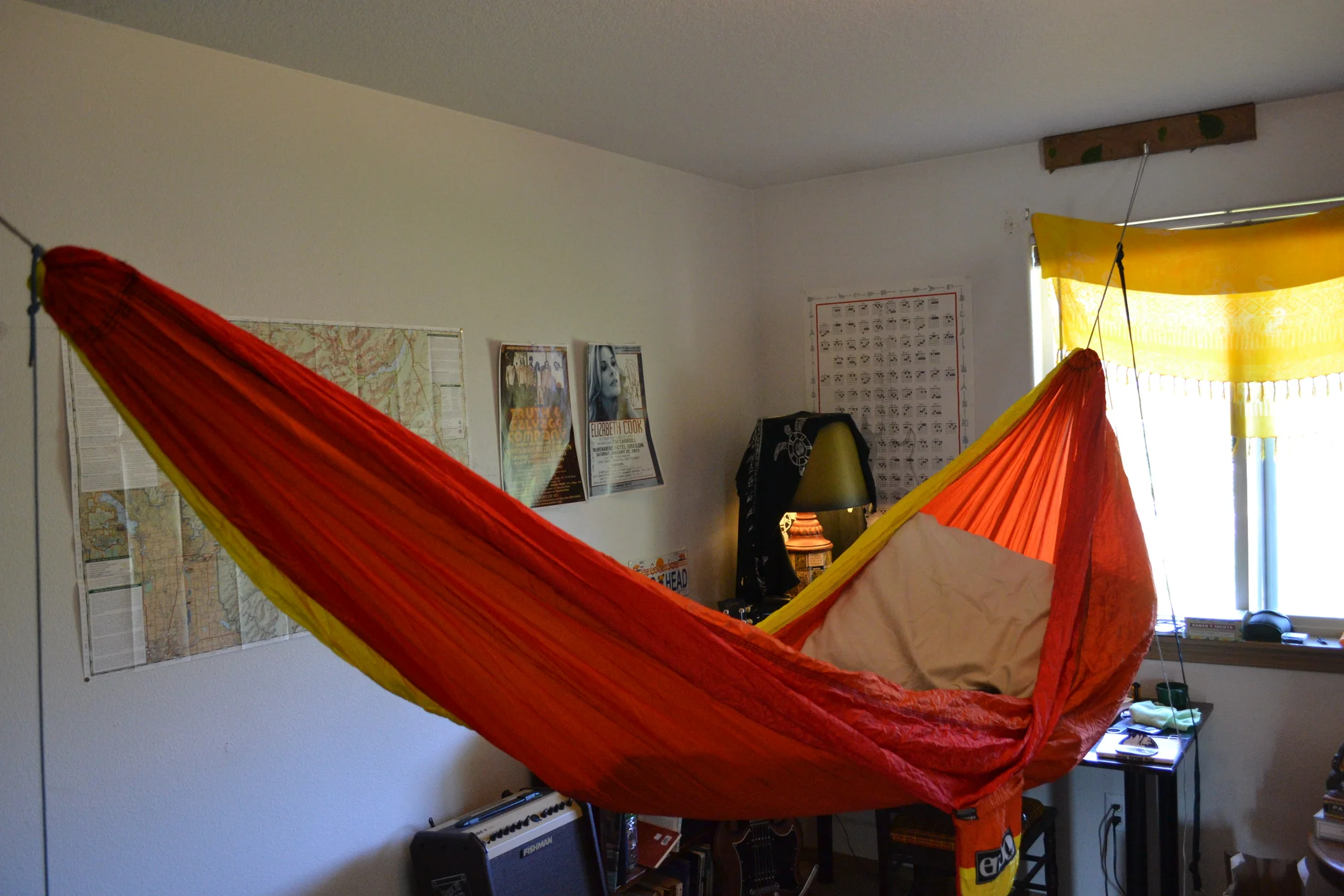
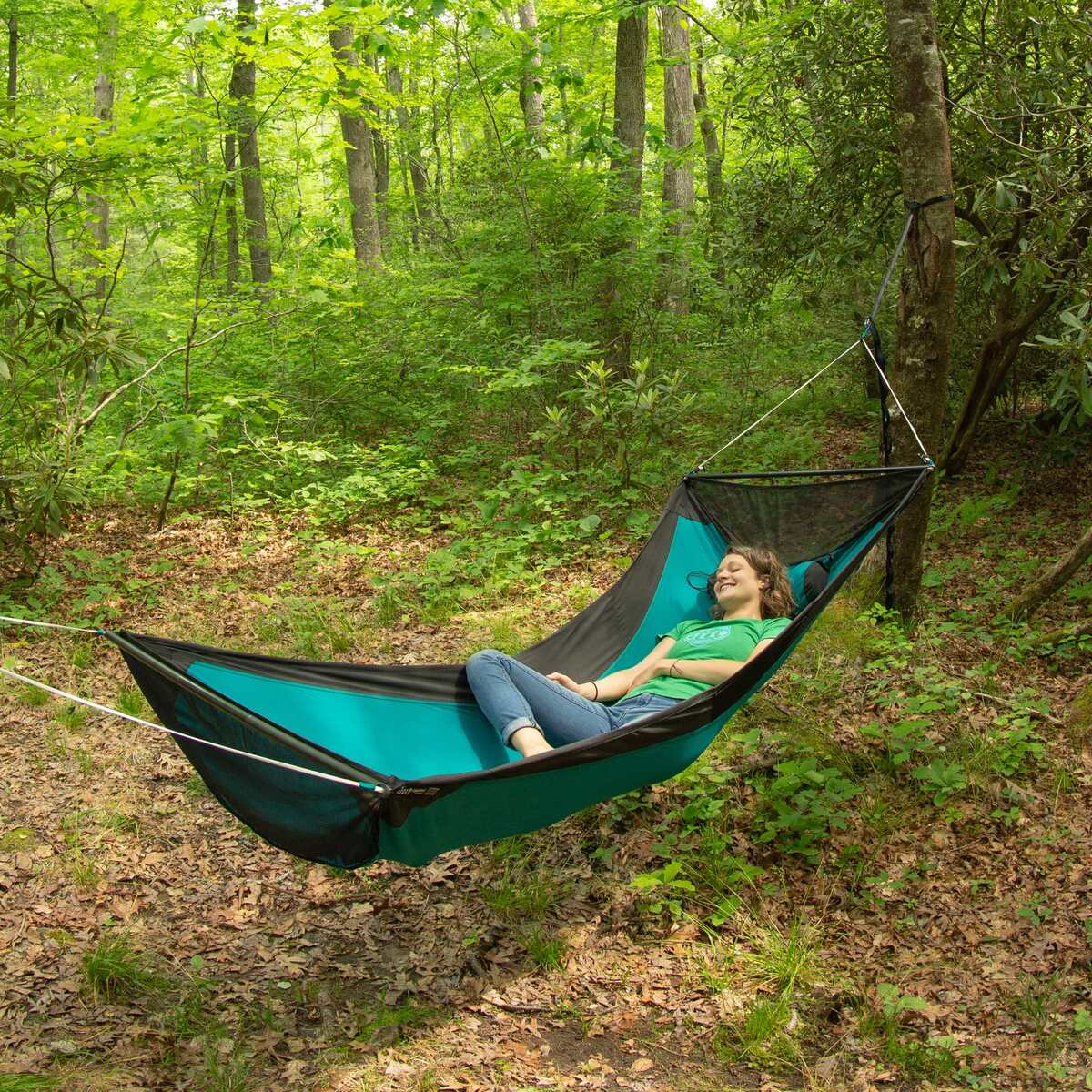
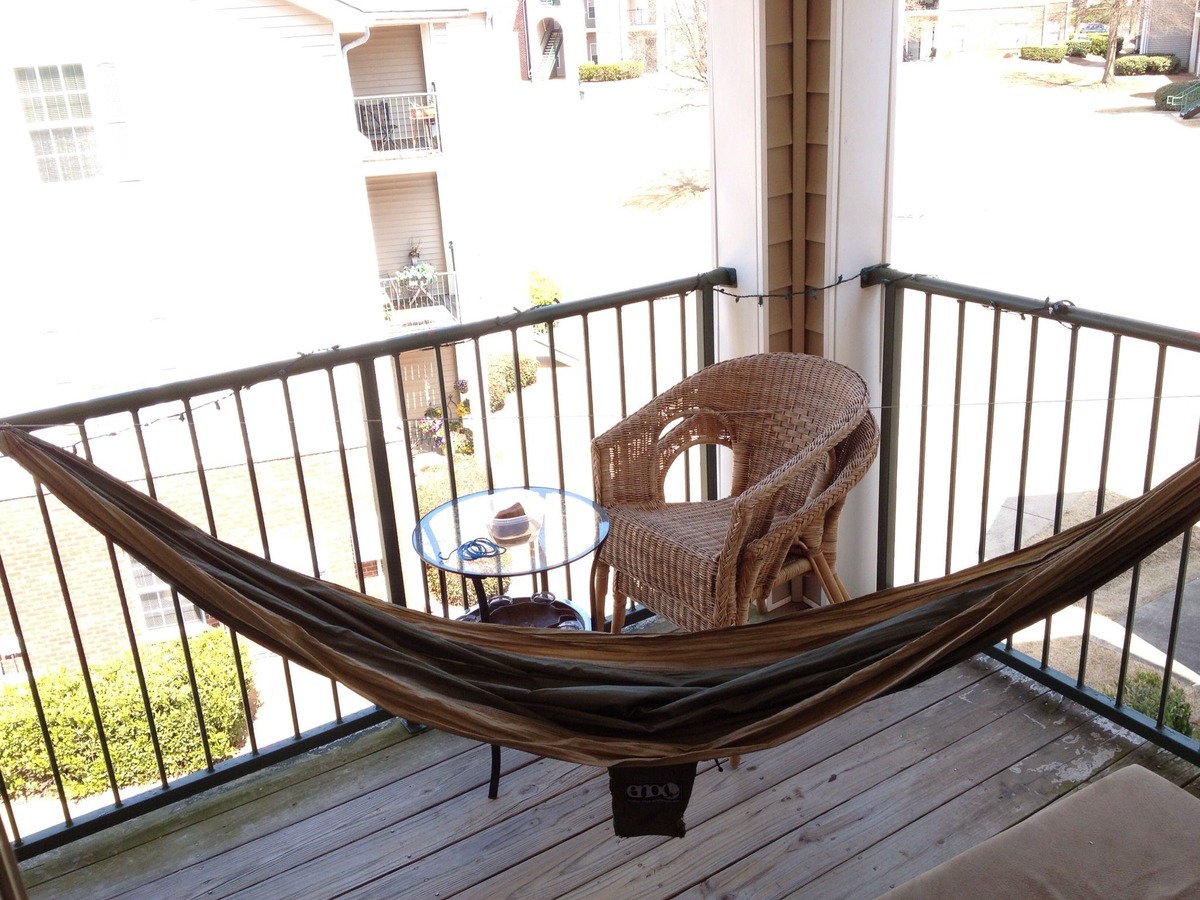
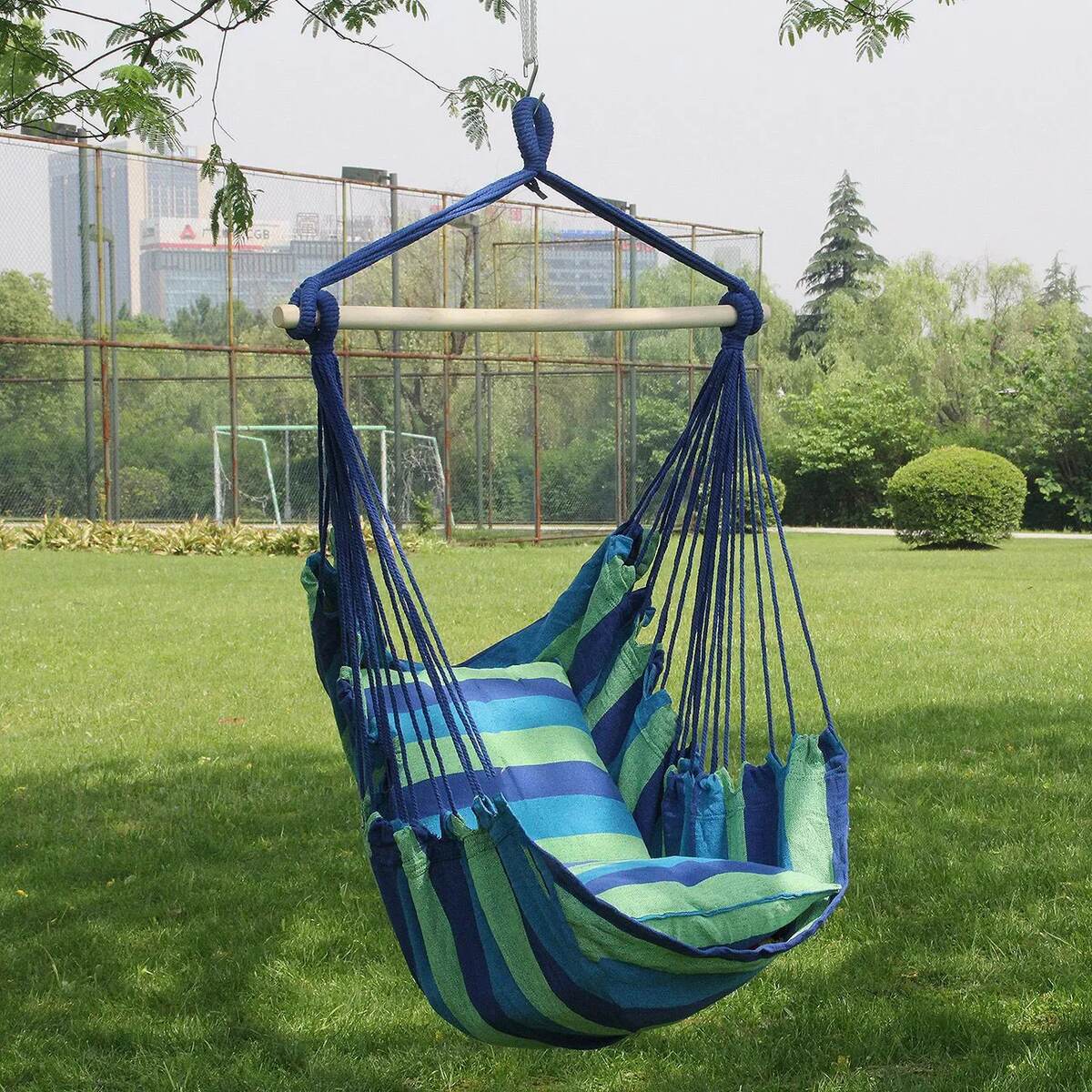
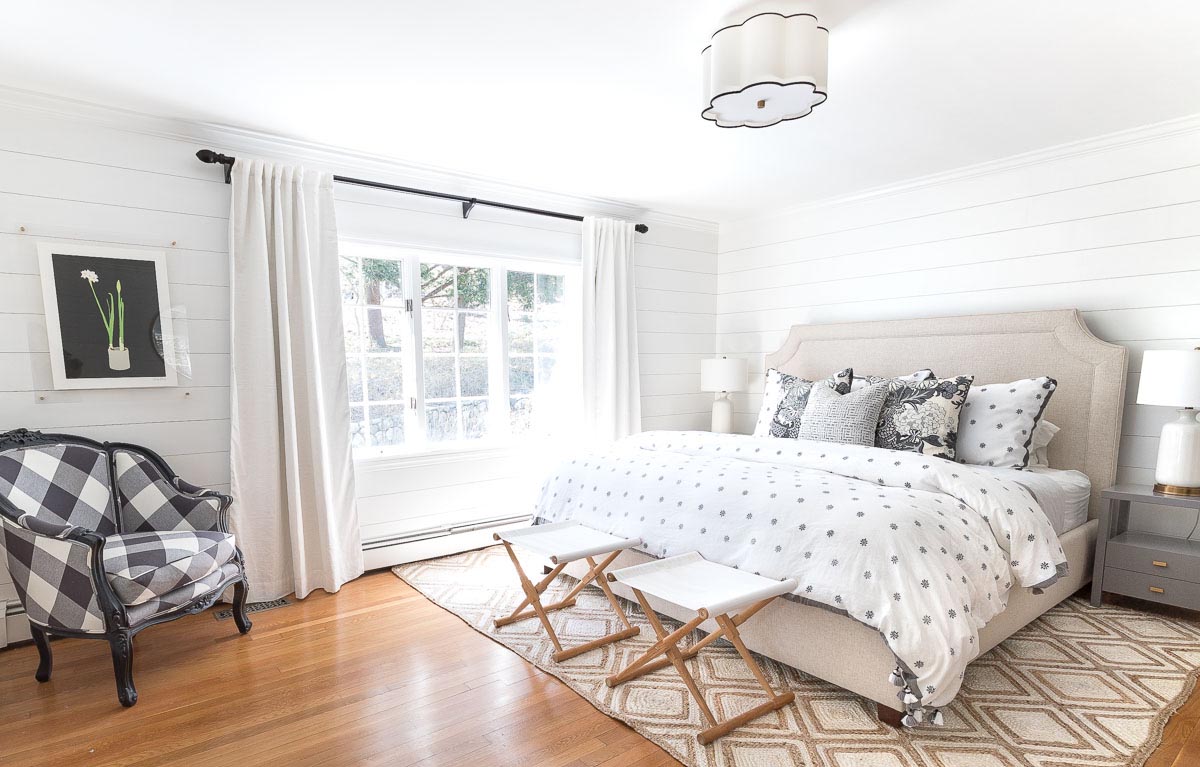
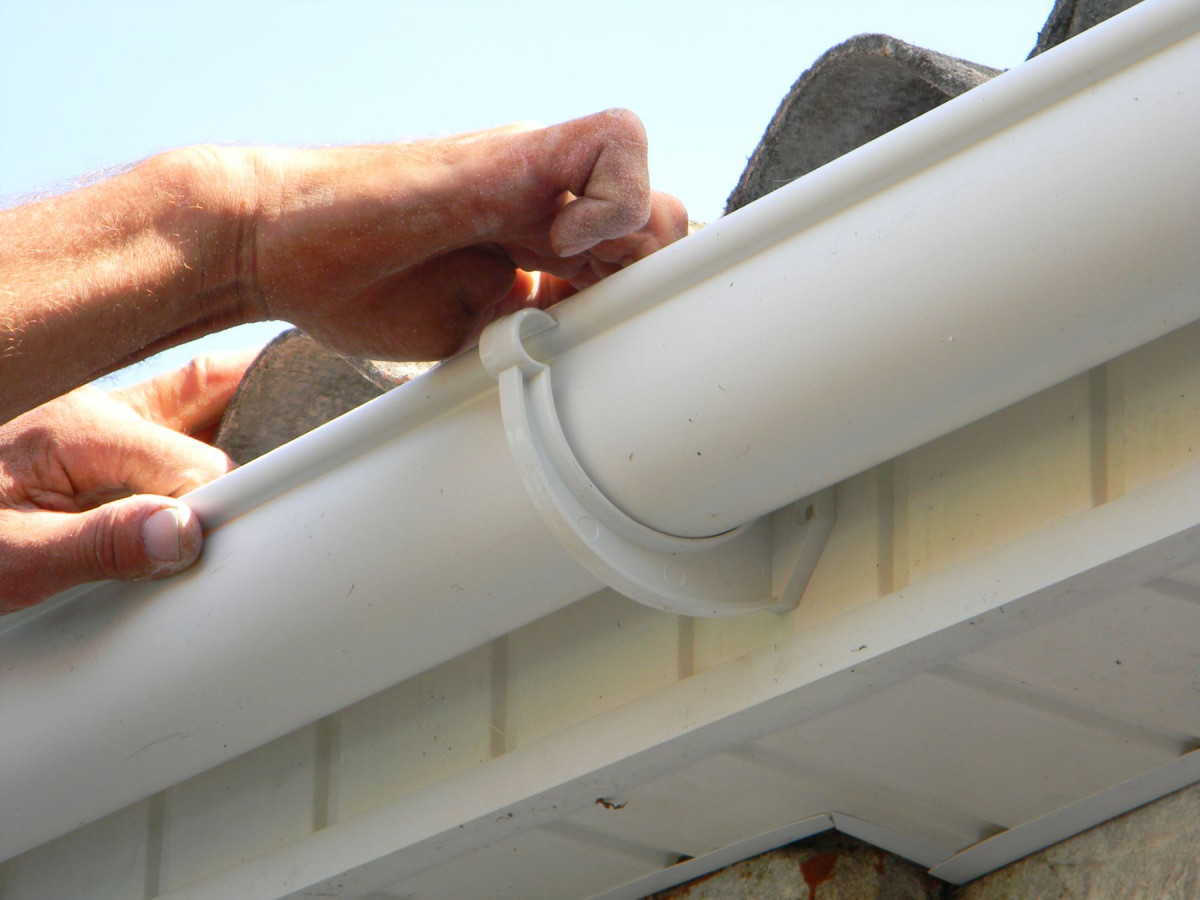
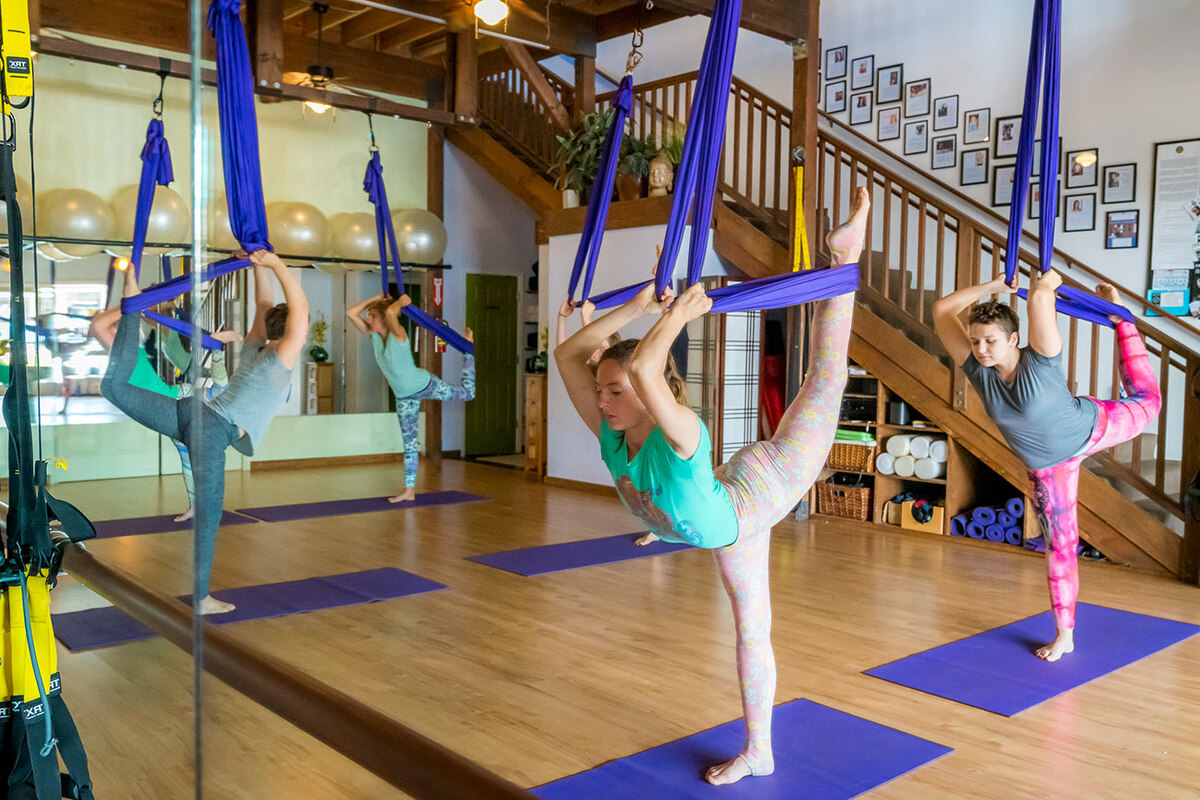



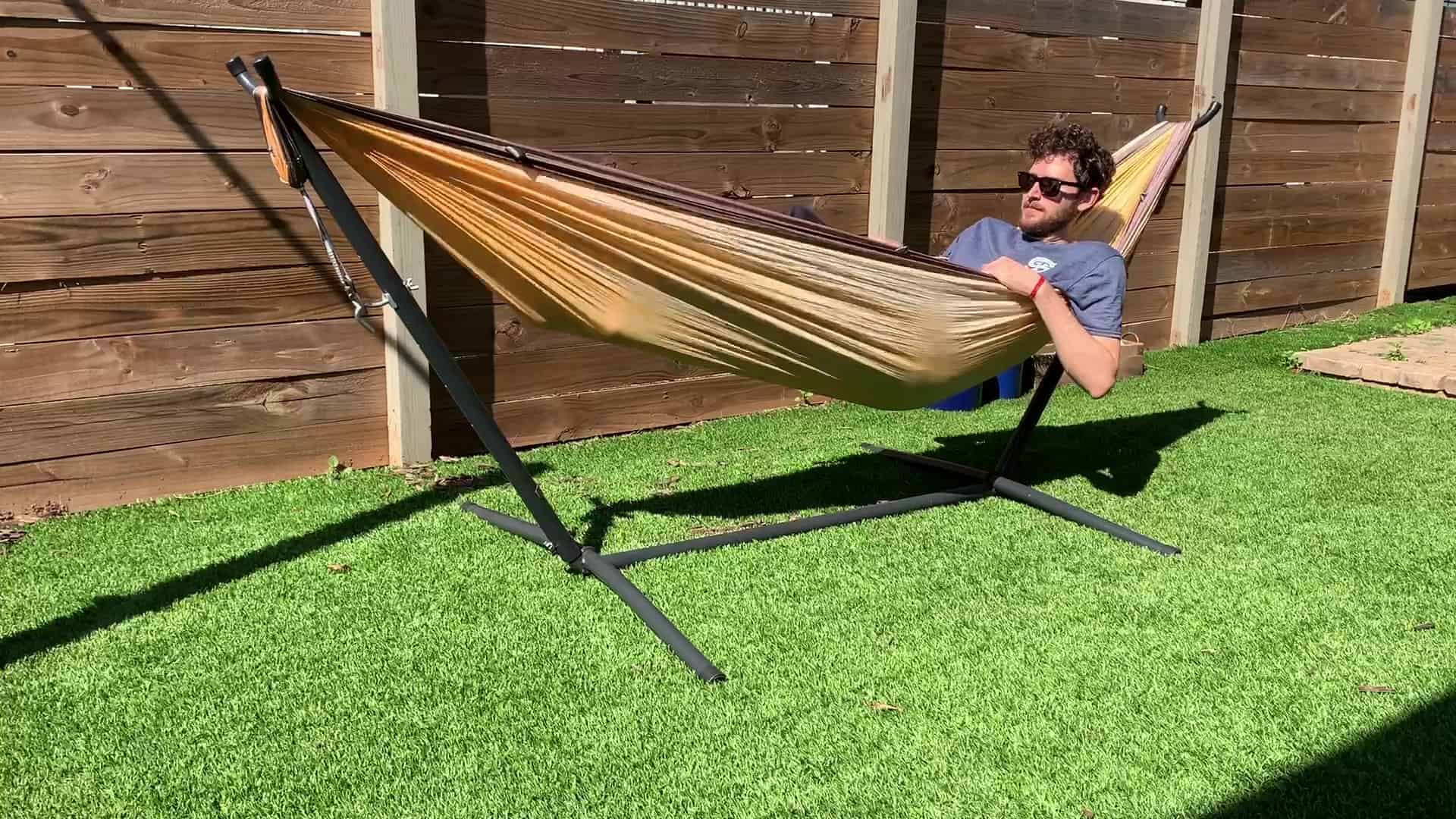

0 thoughts on “How Do You Hang A Hammock”